Author: Earl
-
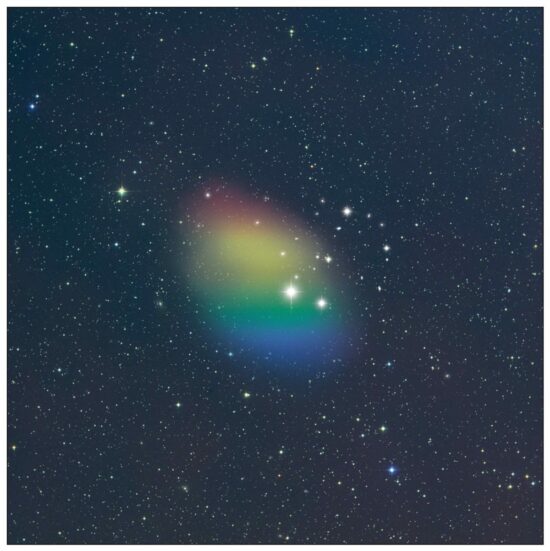
Astronomers Accidentally Discover Dark Primordial Galaxy
Is this the faintest galaxy ever found? While surveying hydrogen (HI) gas in Low Surface Brightness (LSB) galaxies an astronomer made an unusual discovery, presented today in a press conference at the American Astronomy Society’s annual meeting. 350 unique galaxies were studied for this survey, and astronomers used several major radio telescopes around the world,…
-

Secret Lagoon Found Resembling Earth 3.5 BIllion Years Ago and What Life on Mars Would Look Like
A system of lagoons has been discovered in Argentina hosting a rare range of microbial communities previously unknown to scientists. The microbial communities form giant mounds of rock as they grow — like corals building a reef millimeter by millimeter. And the University of Colorado points out that “the communities could also provide scientists with…
-
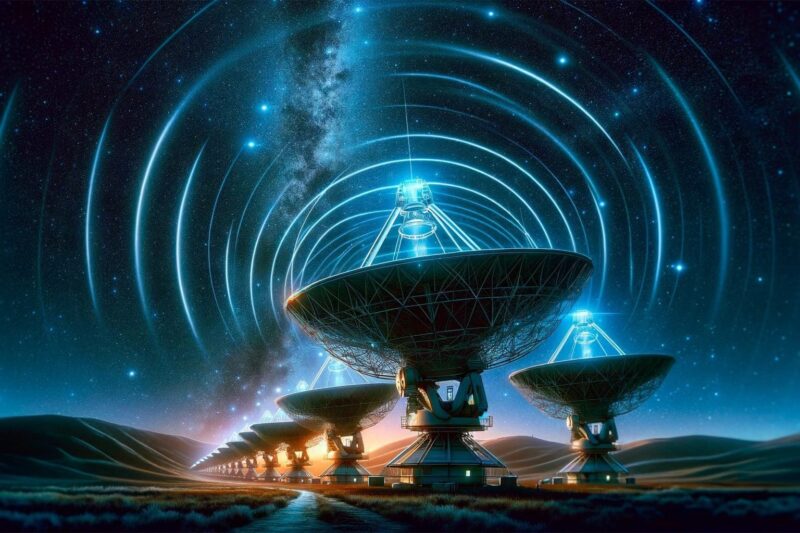
Mysterious New Signals Detected by SETI: Unlocking the Strange Puzzle of Fast Radio Bursts
Mysterious New Signals Detected by SETI: Unlocking the Strange Puzzle of Fast Radio Bursts This work proves that new telescopes with unique capabilities, like the ATA, can provide a new angle on outstanding mysteries in FRB science. A team of SETI Institute scientists have unveiled new insights into a cosmic mystery known as Fast Radio…
-
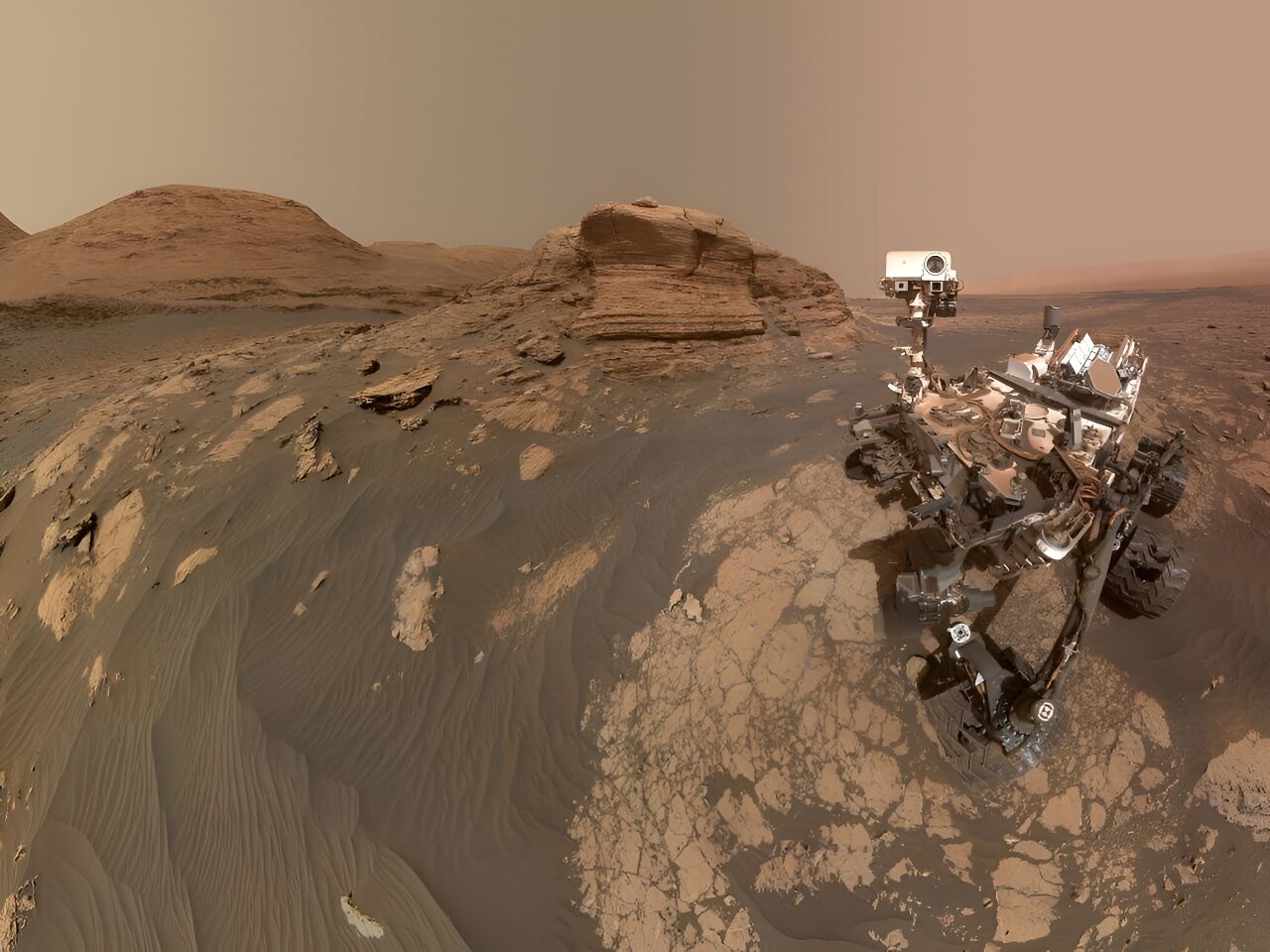
Curiosity rover finds new evidence of ancient Mars rivers, a key signal for life
New analysis of data from the Curiosity rover reveals that much of the craters on Mars today could have once been habitable rivers. “We’re finding evidence that Mars was likely a planet of rivers,” said Benjamin Cardenas, assistant professor of geosciences at Penn State and lead author on a new paper announcing the discovery. “We…
-
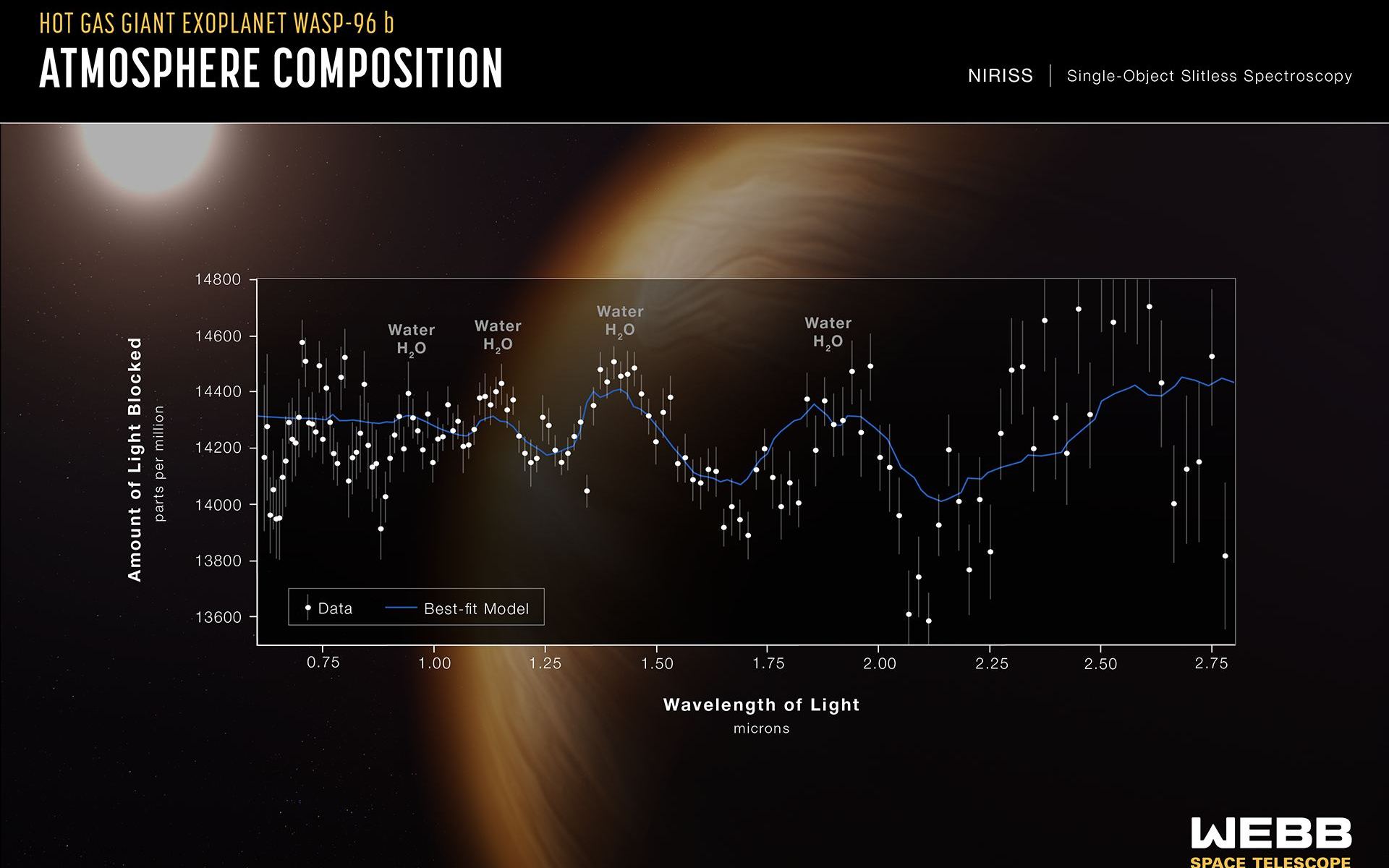
JWST is Powerful Enough to See a Variety of Biosignatures in Exoplanets
The best hope for finding life on another world isn’t listening for coded messages or traveling to distant stars, it’s detecting the chemical signs of life in exoplanet atmospheres. This long hoped-for achievement is often thought to be beyond our current observatories, but a new study argues that the James Webb Space Telescope (JWST) could…
-

Research helps pave way for first manned mission to Mars
Scientists have greater insight into the atmospheric conditions on Mars than ever before following an international research project involving the University of Huddersfield. The findings of the project will help them identify safe landing sites with increased accuracy, and further paves the way for the first manned mission to the red planet. More here
-

Nuclear fusion will not be regulated the same way as nuclear fission
The top regulatory agency for nuclear materials safety in the U.S. voted unanimously to regulate the burgeoning fusion industry differently than the nuclear fission industry, and fusion startups are celebrating that as a major win. As a result, some provisions specific to fission reactors, like requiring funding to cover claims from nuclear meltdowns, won’t apply to fusion plants. (Fusion…
-
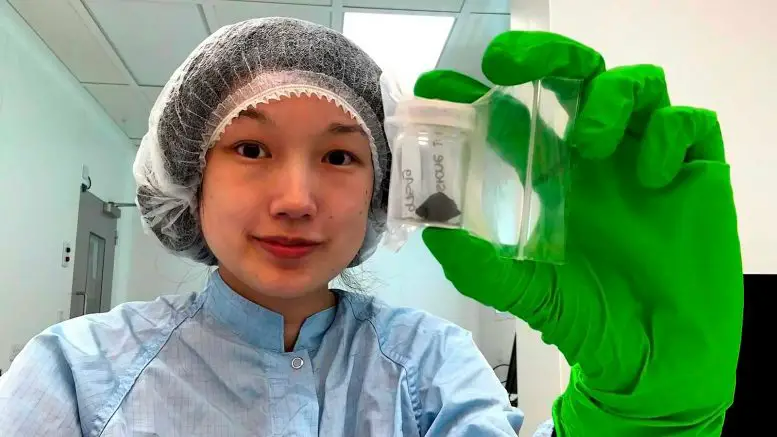
“Building Blocks of Life” Discovered in Meteorite That Crash Landed in England
New research has been published on the organic analysis of the Winchcombe meteorite which crashed landed onto a driveway in Winchcombe, Gloucestershire, England in 2021. The research, led by Dr. Queenie Chan, from the Department of Earth Sciences at Royal Holloway, University of London, found organic compounds from space which holds the secrets to the…
-
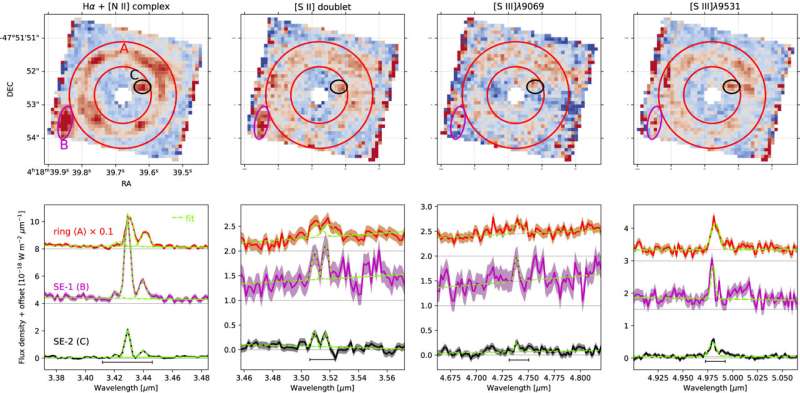
Astronomers discover metal-rich galaxy in early universe
Amazing to see a metal-rich galaxy so early in the Universe’s history. Scanning the first images of a well-known early galaxy taken by NASA’s James Webb Space Telescope (JWST), Cornell astronomers were intrigued to see a blob of light near its outer edge. More here
-

Unexpected New Ring System Discovered in Our Own Solar System
A new ring system in the Solar System? Plus it’s beyond the Roche Limit – which will mean a re-think of our understanding of orbital bodies. ESA’s Cheops finds an unexpected ring around dwarf planet Quaoar During a break from looking at planets around other stars, the European Space Agency’s CHaracterising ExOPlanet Satellite (Cheops) mission has observed…
-
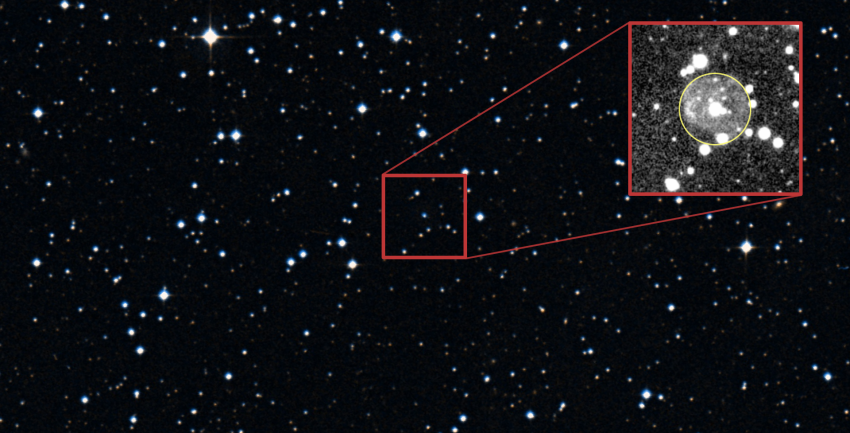
Astronomers discover eight new super-hot stars
Astronomers discover eight new super-hot starsImage of a star field with a red square in the centre highlighting a small group of stars.A sky survey image centred on the newly-discovered O(H) star SALT J203959.5-034117 (J2039). An international team of astronomers has discovered eight of the hottest stars in the universe, all with surfaces hotter than…
-

More funding for OzGrav
OzGrav Makes Waves With $35M To Understand the Universe The Australian Research Council Centre of Excellence for Gravitational Wave Discovery (OzGrav) at Swinburne has been awarded a further $35 million in funding to continue their ground-breaking discoveries at the cutting edge of human understanding. The new funding will support OzGrav’s work investigating the fundamental nature…
-
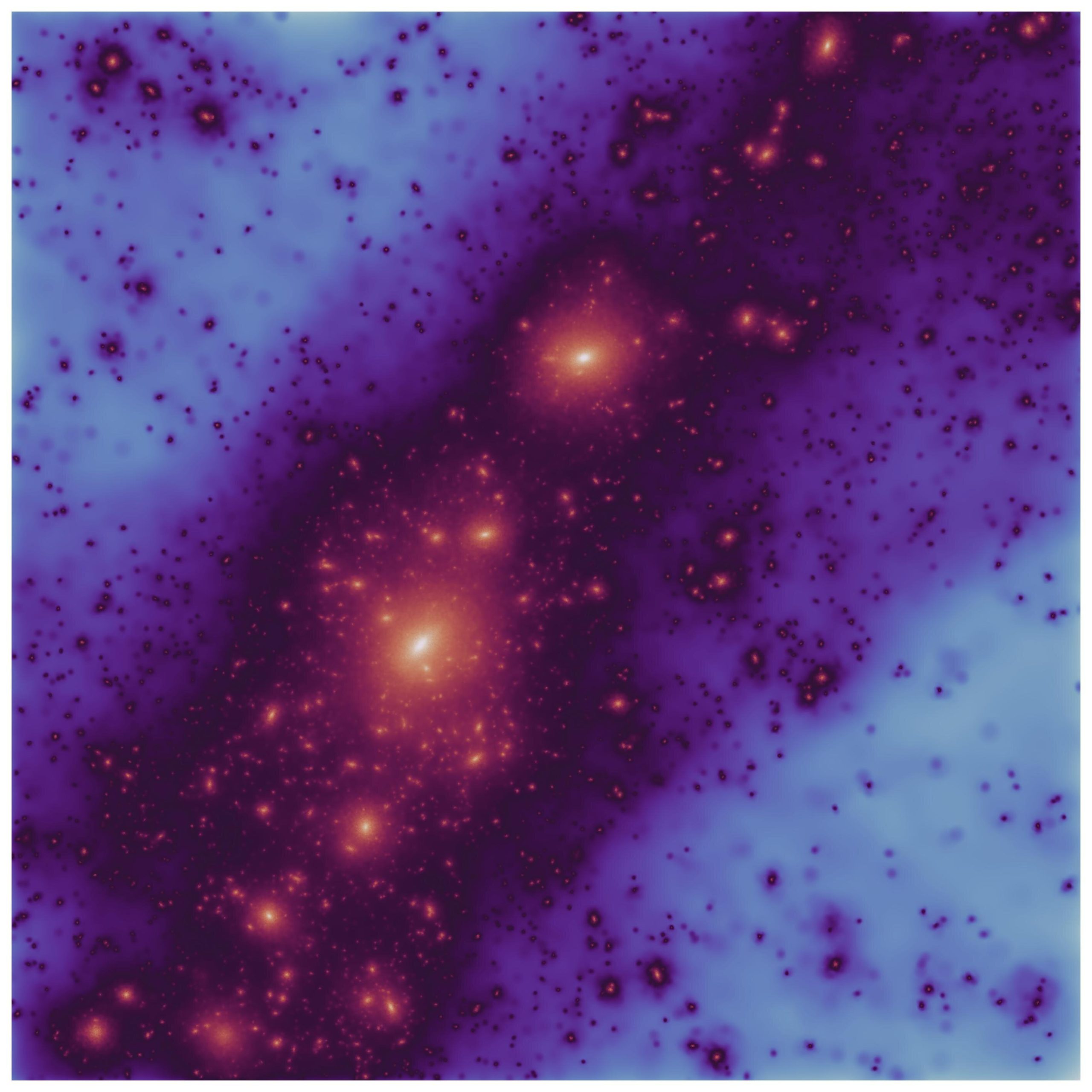
Cosmological enigma of Milky Way’s satellite galaxies solved
Astronomers say they have solved an outstanding problem that challenged our understanding of how the universe evolved—the spatial distribution of faint satellite galaxies orbiting the Milky Way. These satellite galaxies exhibit a bizarre alignment—they seem to lie on an enormous thin rotating plane—called the “plane of satellites.” This seemingly unlikely arrangement had puzzled astronomers for…
-
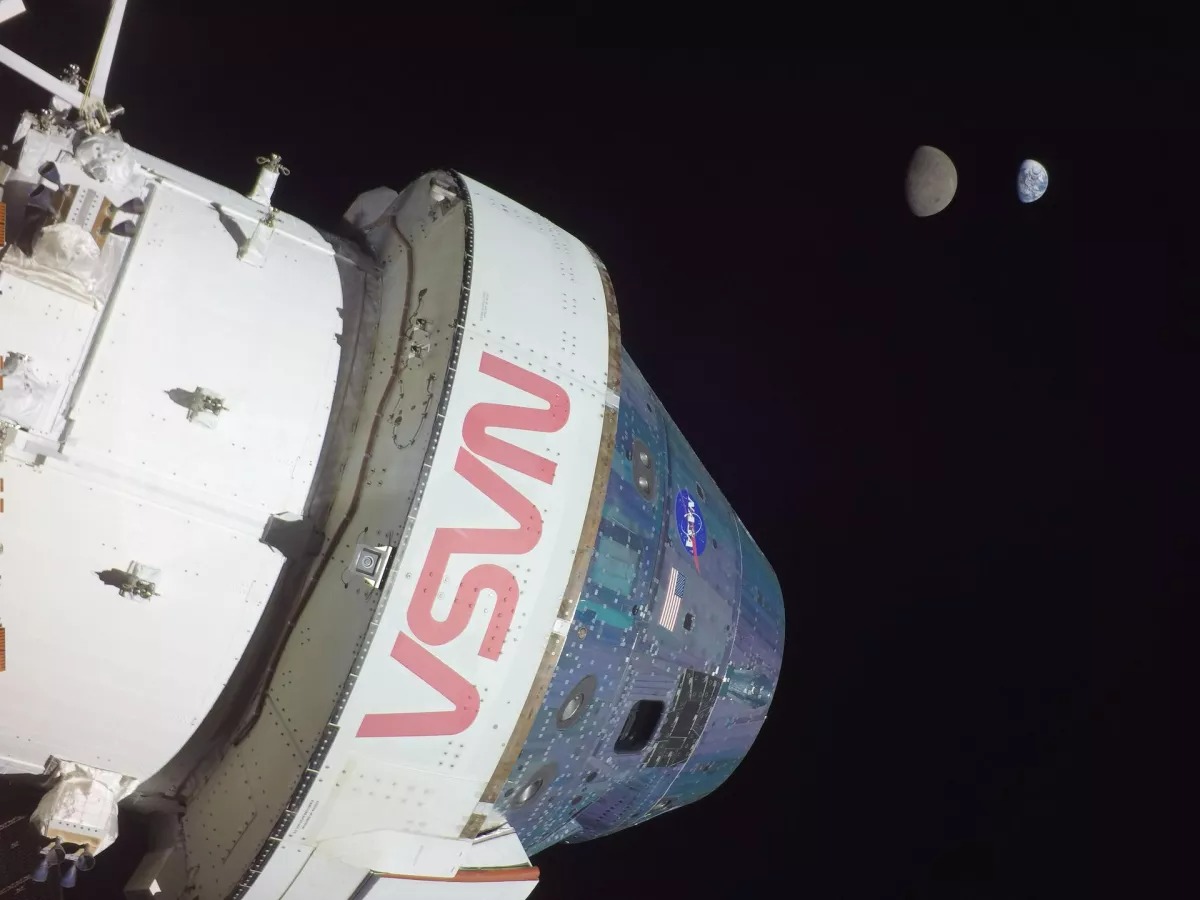
After Artemis 1, it will take NASA 2 years to send astronauts to the moon. Why so long?
Artemis 2 is scheduled to launch in 2024, but it may be tough for NASA to hit that target. Orion’s successful splashdown Sunday afternoon (Dec. 11) returned some critical components needed for NASA’s Artemis 2 moon mission, which is scheduled to launch 2024 — but it may be tough for the agency to hit that…